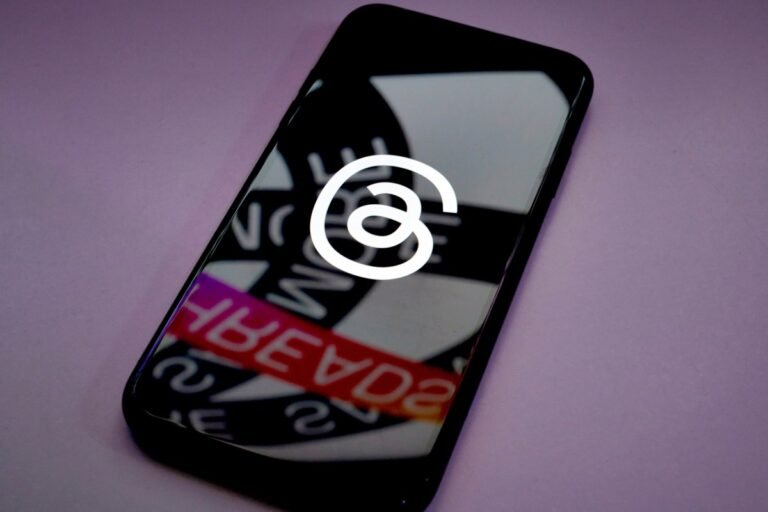
But one category in particular caught our attention as the DOJ spends quite a bit of time talking about “green bubbles” and “blue bubbles.”When an iPhone user sends a message to another iPhone user, by default that message is sent using Apple’s iMessage protocol.
If an iPhone user texts an Android user — and vice versa — iOS falls back to the older, less secure but universal SMS protocol.
“Apple makes third-party messaging apps on the iPhone worse generally and relative to Apple Messages, Apple’s own messaging app,” the DOJ wrote in its lawsuit.
At this point, you might think: wasn’t the RCS protocol supposed to level up SMS messaging and alleviate these pain points?
It feels a bit odd that the DOJ is front-loading its antitrust lawsuit against Apple with the much talked about “green bubbles” vs. “blue bubbles” debate as there are far more serious and substantive issues.

Would-be Twitter/X rival Bluesky is looking to more directly invest in its developer community in order to foster growth.
The company last week announced “AT Protocol Grants,” a new program that will dole out small grants to developers building on its new social networking protocol.
Initially, Bluesky said it would release $10,000 in grants of $500 to $2,000 per project apiece, based on factors like cost, usage, and more.
The concept of decentralized social networking has been around longer than Bluesky, however, with many projects, including Mastodon, Misskey, Pixelfed, and others, backed by the ActivityPub protocol.
Bluesky says the projects receiving the grants can be useful to either developers or end users and will be paid out via public GitHub Sponsorships.

Meta today is offering more details about how it plans to make its messaging apps, WhatsApp and Messenger, interoperable with third-party messaging services, as required by the new EU law, the Digital Markets Act (DMA).
In addition, Meta now says it will ask third parties to use the Signal protocol, though it may make exceptions to this in the future.
Meta’s messaging clients will download the encrypted media from the third-party messaging servers using a Meta proxy device, it notes.
But that solution will require third parties to agree to additional protections to keep Meta’s users safe from spam and scams.
In addition, Meta says that third-party providers will need to sign an agreement with Meta or WhatsApp before it will enable interoperability.

But Karma3 Labs is hoping to change that with $4.5 million in fresh capital backing its decentralized reputation protocol OpenRank.
This is the protocol’s first capital raise, Sahil Dewan, founder and CEO of Karma3 Labs, told TechCrunch exclusively.
“We are really obsessed with solving trust and safety issues for crypto,” Dewan said.
“We wanted to create a protocol and generalized system, not as a source of trust, but for anyone to come and build reputation systems,” Dewan said.
The OpenRank protocol allows any developer to use its “Reputation Graphs” for ratings, ranking or recommendations for applications or communities.

Called Verify, Fox and Polygon are pitching the protocol as a means for outlets to protect their IP while letting consumers verify the authenticity of content.
“The Verify protocol establishes the origin and history of original journalism by cryptographically signing individual pieces of content on the blockchain,” Melody Hildebrandt, Fox’s CTO, told TechCrunch in an email interview.
In August, Fox launched a beta version of Verify, co-developed with Polygon, to coincide with the GOP primary debate on Fox News.
But Fox has released its own tool that can be used to verify uploaded images or articles (via a URL) that match assets registered with the Verify protocol.
Using Verify, publishers can enforce controls to ensure that they’re properly compensated depending on how a vendor decides to implement their content.

Mark Zuckerberg said today that Meta has started testing a feature to show Threads posts on Mastodon and other AcitivityPub protocol supported networks.
“Making Threads interoperable will give people more choice over how they interact and it will help content reach more people.
I’m pretty optimistic about this,” Zuckerberg said in a post.
Developing…

The move is one of the first by a startup focused on global trade and comes as blockchain technology gains increasing attention from businesses within the supply chain. Polytrade CEO…










